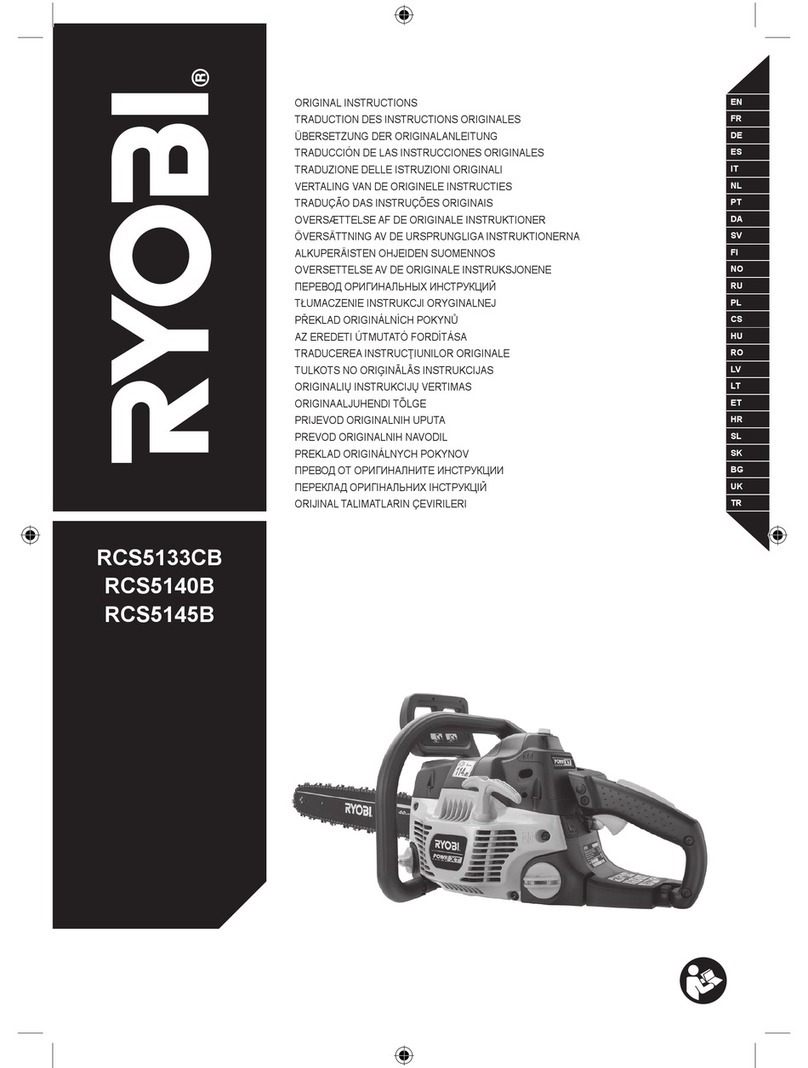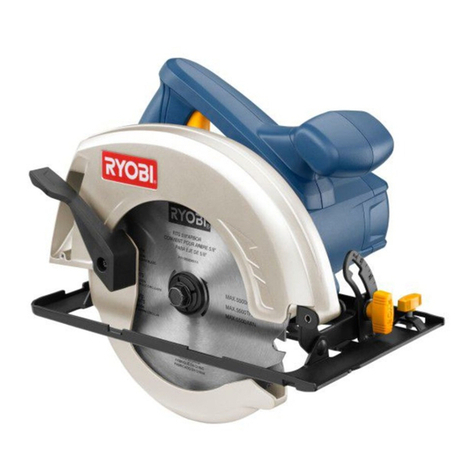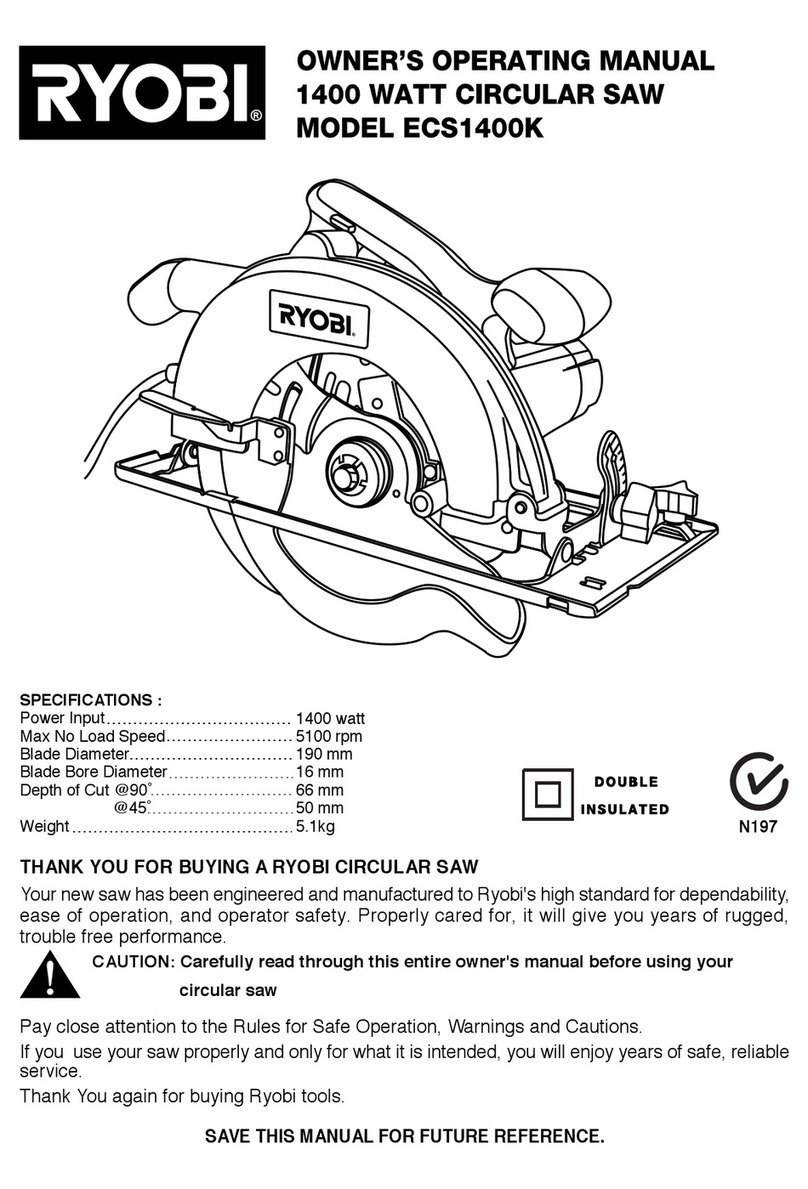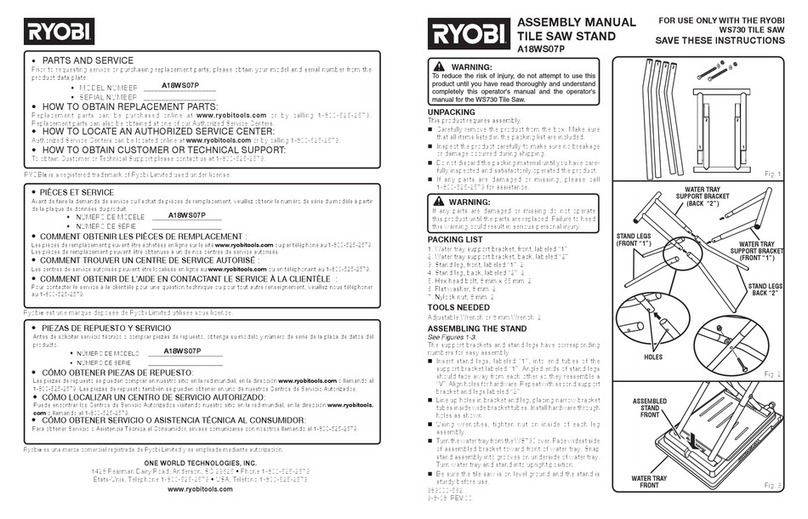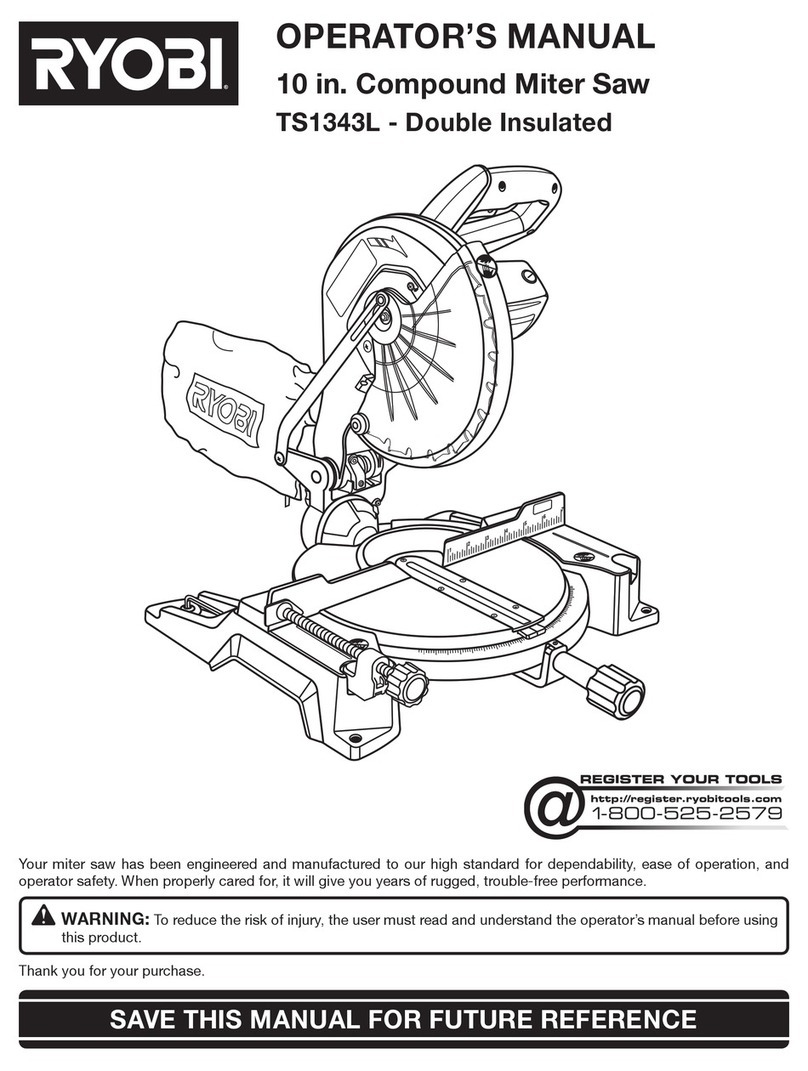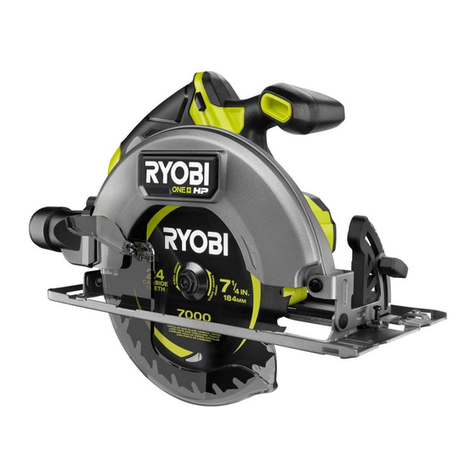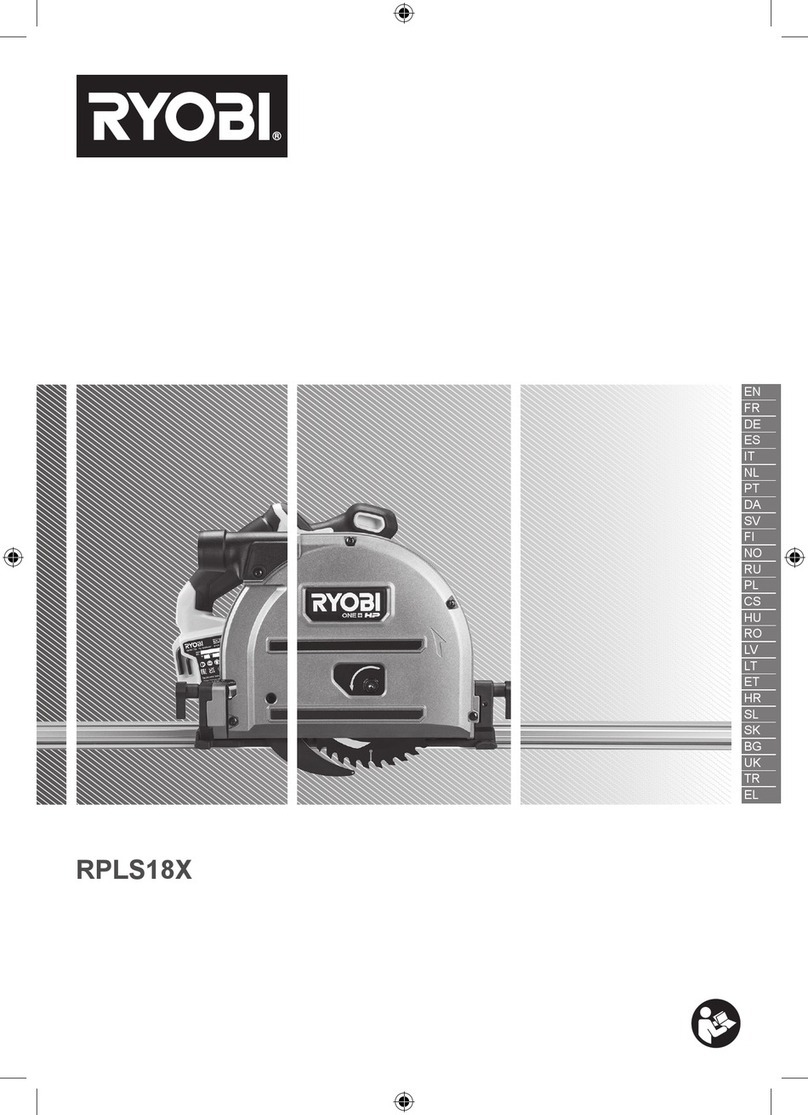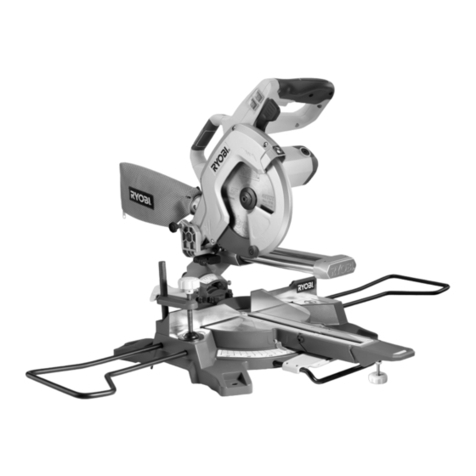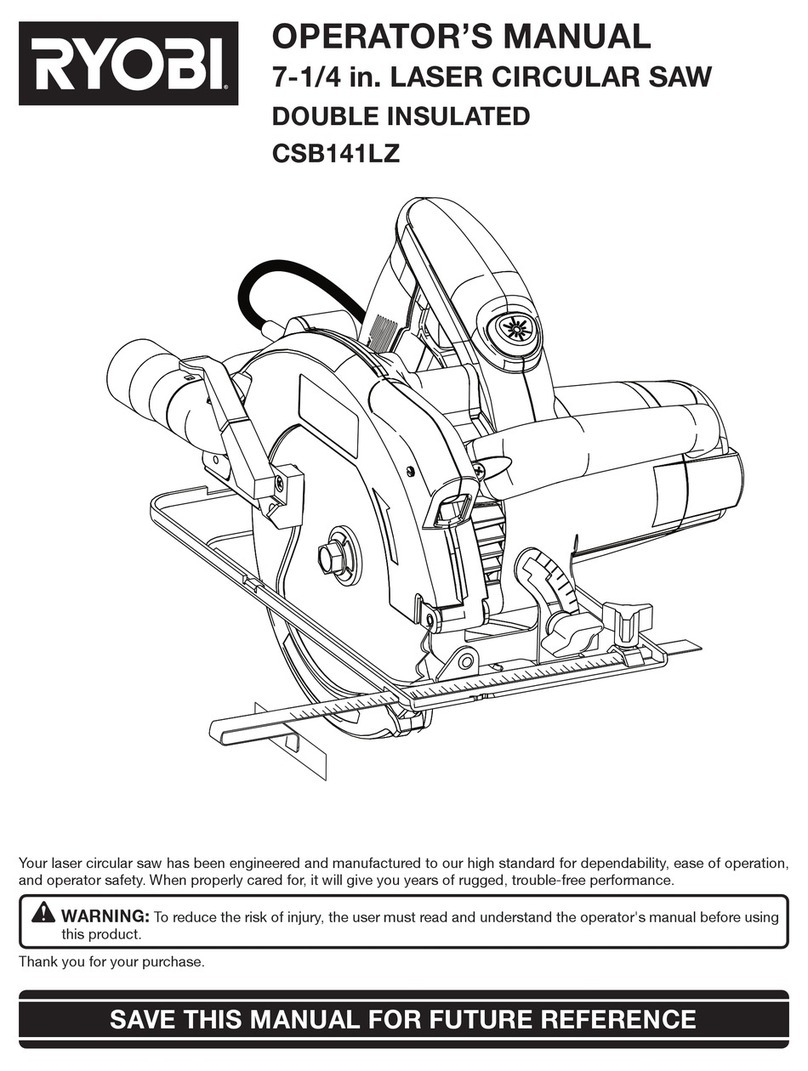EN
FR
DE
ES
IT
NL
PT
DA
SV
FI
NO
RU
PL
CS
HU
RO
LV
LT
ET
HR
SL
SK
BG
UK
TR
EL
Important!
It is essential that you read the instructions in this manual before assembling, maintaining and operating
the product.
Attention!
Il est essentiel que vous lisiez les instructions contenues dans ce manuel avant d’assembler, d’entretenir
et d’utiliser le produit.
Achtung!
Es ist wichtig, dass Sie vor Zusammenbau, Wartung und Benutzung des Produktes die Anweisungen in
dieser Anleitung lesen.
¡Atención!
Resulta fundamental que lea este manual de instrucciones antes de realizar el montaje, el mantenimiento
y de utilizar este producto
Attenzione!
E’ importante leggere le istruzioni contenute nel presente manuale prima di montare il prodotto, svolgere
le operazioni di manutenzione sullo stesso e metterlo in funzione.
Let op!
Het is van essentieel belang dat u de instructies in deze gebruiksaanwijzing leest voor u het product
monteert, onderhoudt en gebruikt.
Atenção!
É fundamental que leia as instruções deste manual antes da montagem, manutenção e operação do
aparelho.
OBS!
Det er vigtigt, at man læser instrukserne i denne brugsanvisning, inden man samler, vedligeholder og
betjener produktet.
Observera!
Det är viktigt att du läser instruktionerna i manualen före montering, användning och underhåll av
produkten.
Huomio!
On tärkeää, että luet tämän käsikirjan ohjeet ennen tuotteen kokoamista, huoltoa ja käyttöä.
Advarsel!
Det er viktig at du leser instruksjonene i denne manualen før sammensetning, vedlikehold og bruk av produktet
Внимание!
Необходимо прочитать инструкции в данном руководстве перед сборкой, обслуживанием и
эксплуатацией этого изделия.
Uwaga!
Koniecznie należy przeczytać instrukcje zawarte w tym podręczniku przed montażem, obsługą oraz
konserwacją produktu.
Důležité
upozornění!
Neinstalujte, neprovádějte údržbu ani nepoužívejte tento výrobek dříve, než si přečtete pokyny uvedené
v tomto návodu.
Figyelem!
Fontos, hogy a termék összeszerelése, karbantartása és használata előtt elolvassa a kézikönyvben
található utasításokat.
Atenţie!
Este esențial să citiți instrucțiunile din acest manual înainte de asamblare, efectuarea întreținerii și
operarea produsului.
Uzmanību!
Ir svarīgi izlasīt šīs rokasgrāmatas instrukcijas pirms uzstādīšanas, apkopes un preces darbināšanas.
Dėmesio!
Prieš surenkant, prižiūrint ir naudojant gaminį, būtina perskaityti šiame vadove pateiktus nurodymus.
Tähtis!
Enne masina kokkupanekut, hooldamist ja kasutama hakkamist tuleb käesolevas juhendis esitatud
juhised kindlasti läbi lugeda.
Upozorenje!
Vrlo je važno da ste prije sklapanja, održavanja i rada s ovim proizvodom pročitali upute u ovom priručniku.
Pomembno!
Pomembno je da pred montažo vzdrževanjem in uporabo tega izdelka preberete navodila v tem
priročniku.
Upzornenie!
Je dôležité, aby ste si pred montážou, údržbou a obsluhou produktu prečítali pokyny v tomto návode.
Важно!
Изключително важно е да прочетете инструкциите в настоящото ръководство, преди да преминете
към сглобяване, поддръжка или работа с продукта.
Важливо!
Дуже важливо, щоб ви прочитали інструкції в цьому керівництві перед складанням, обслуговуванням
та експлуатацією цієї машини.
Dikkat!
Ürünün montajını, bakımını yapmadan ve ürünü çalıştırmadan önce bu kılavuzda yer alan talimatları
okumanız önemlidir.
Προσοχή!
Είναι πολύ σημαντικό να διαβάσετε τις οδηγίες στο παρόν εγχειρίδιο πριν συναρμολογήσετε, συντηρήσετε
ή λειτουργήσετε το προϊόν.
Subject to technical modication | Sous réserve de modications techniques | Technische Änderungen vorbehalten | Bajo
reserva de modicaciones técnicas | Con riserva di eventuali modiche tecniche | Technische wijzigingen voorbehouden
| Com reserva de modicações técnicas | Med forbehold for tekniske ændringer | Med förbehåll för tekniska ändringar |
Tekniset muutokset varataan | Med forbehold om tekniske endringer | могут быть внесены технические изменения |
Z zastrzeżeniem modykacji technicznych | Změny technických údajů vyhrazeny | A műszaki módosítás jogát fenntartjuk
| Sub rezerva modicaţiilor tehnice | Paturam tiesības mainīt tehniskos raksturlielumus | Pasiliekant teisę daryti techninius
pakeitimus | Tehnilised muudatused võimalikud | Podloæno tehniëkim promjenama | Tehnične spremembe dopuščene
| Právo na technické zmeny je vyhradené | Подлежи на технически модификации | Є об’єктом для технічних змін |
Teknik değişiklik hakkı saklıdır | Υπό την επιφύλαξη τεχνικών τροποποιήσεων





